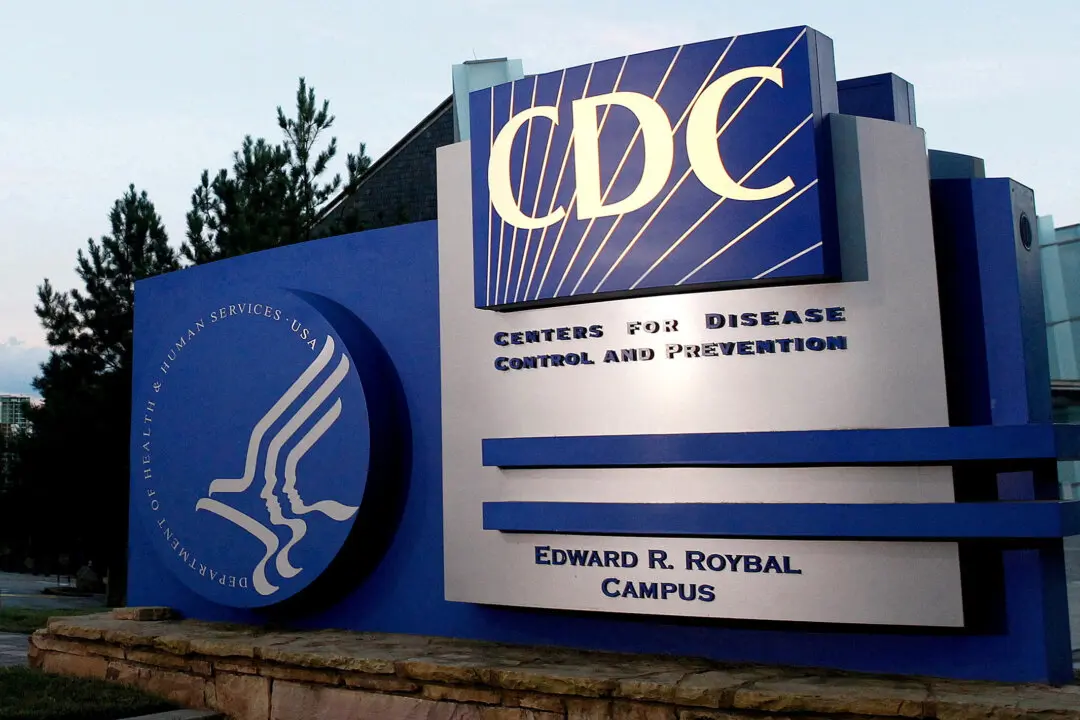New York City included thousands of deaths, some of which happened weeks ago, in its updated COVID-19 death count on Tuesday.
The newly counted deaths are presumed to be caused by COVID-19 because doctors were confident enough to list the disease or “an equivalent” on the patients’ death certificates despite the diagnosis not being confirmed by laboratory tests.





